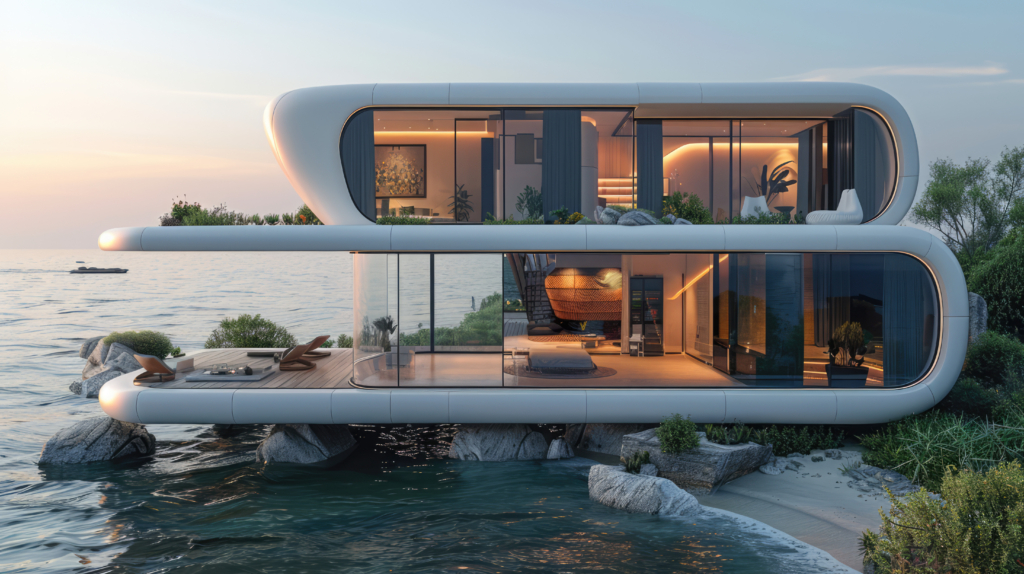Building a new home? Consider energy-efficient design from the start. It not only saves you money but also helps the environment. Here are some best practices to create an energy-efficient home.
- Choose the Right Location
First, think about your plot of land. Select a location that benefits from natural light. South-facing homes capture sunlight and keep you warm in winter. They can also stay cooler in summer when you use shading techniques. Additionally, consider wind patterns and natural landscapes. Use trees and hills to reduce heating and cooling costs. - Opt for Smart Orientation
Next, orient your home wisely. Align it to maximize sunlight and shade. Position large windows on the south side for warmth. On the north side, consider smaller windows to minimize heat loss. This simple step enhances comfort and reduces energy expenses. - Use High-Quality Insulation
Insulation is critical for energy efficiency. Invest in high-quality insulation to keep your home comfortable. Consider using spray foam or rigid foam board for better R-values. Proper insulation reduces the need for heating and cooling, which saves energy. - Install Energy-Efficient Windows
Windows significantly impact your home’s energy use. Choose double or triple-pane windows with low-E coatings. These windows minimize heat transfer and block UV rays. In addition, consider using window films or shades to enhance insulation and reduce glare. - Design for Natural Ventilation
Incorporate natural ventilation into your design. Cross-ventilation increases air circulation and reduces the need for air conditioning. Place windows and vents strategically for optimal airflow. You can create a comfortable environment while saving energy. - Select Sustainable Building Materials
Use sustainable materials in your construction. These materials lower your environmental footprint and improve energy efficiency. For example, reclaimed wood and bamboo are not only stylish but also eco-friendly. Look for materials with high thermal mass, like brick or concrete, to store heat effectively. - Embrace Renewable Energy
Integrate renewable energy sources into your home. Consider solar panels to harness the sun’s power. They can drastically reduce your electricity bills and carbon footprint. In addition, explore options like wind turbines or geothermal heating if space allows. - Incorporate Smart Home Technology
Smart home technology can enhance energy efficiency. Install programmable thermostats to optimize heating and cooling. Smart meters allow you to track energy consumption in real time. Use smart lighting systems to reduce unnecessary energy use. - Create an Energy-Efficient Landscape
Don’t neglect your outdoor space. Plan your landscaping to support energy efficiency. Use native plants and drought-resistant landscaping to minimize irrigation needs. Additionally, strategically placed trees can provide shade and reduce cooling costs. - Focus on Efficient Heating and Cooling Systems
Finally, select energy-efficient heating and cooling systems. Look for ENERGY STAR® rated appliances and HVAC systems. These options use less energy and lower your utility bills. Regular maintenance ensures they work efficiently for years to come.
Conclusion
Designing an energy-efficient home is not just good for the planet; it’s great for your wallet too. By following these best practices, you can create a comfortable and sustainable environment. From smart orientation to energy-efficient systems, every choice counts. Start planning today, and make your new build a model of energy efficiency!
You might also be interested in: The Rise of Sustainable Investing: Why Green Real Estate Holds the Key in Europe







